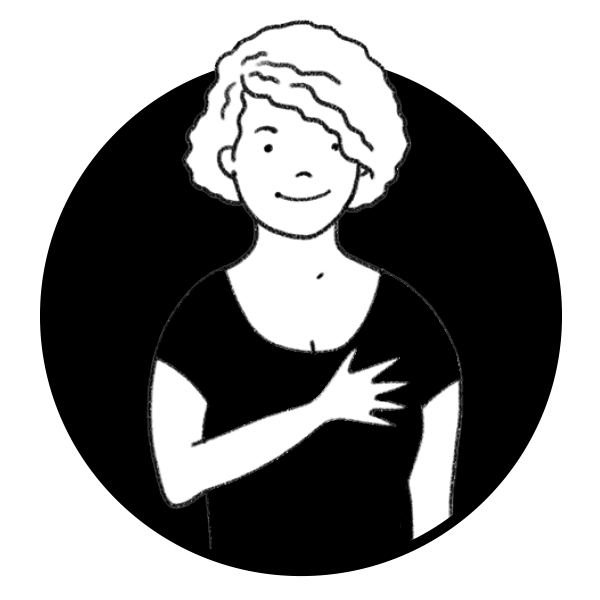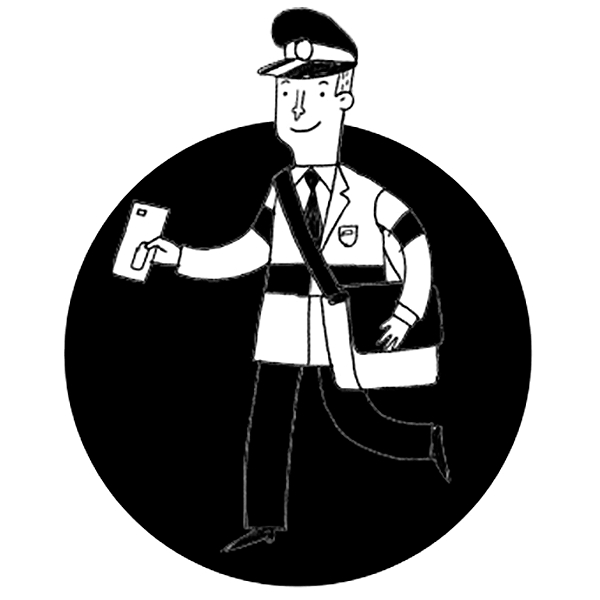Two strong recommendations which illuminate how to have conversations
Actually three strong recommendations. I listen to Hidden Brain podcast hosted by Shankar Vedantam. It’s brilliant. He’s wonderful. It’s such a gently paced conversation. He takes his time. And in this frantic world it’s so soothing and helpful to listen to unhurried conversations.
Hidden Brain is concerned with how our minds work, and so Shankar interviews psychologists, neuro scientists, medics about their work. Often they are on the show to talk about their latest book.
I dipped into an episode on conversation – for obvious reasons – I’m always looking to up my game. This lead me to Talk: The Science of Conversation and the Art of being ourselves by Alison Wood Brooks.
This is a really accessible read. Something you can also use professionally and in your personal life.
Here basic model is
T topics, that good conversations happen when there is a shift to new topics. It keeps everyone interested, allowing you to shift into spaces that meet the needs of the whole group, it encourages turn-taking, perspective shifts. It also allows you to climb up and down the conversational ladder – going from ‘easy’ (small talk stuff), to mid-level to deep and intimate. Each place in the ladder has its value, helping people to get acclimated, helping them to feel comfortable, helping them to get better connected (when going deep). All of this reminded me of a lot of basics you learn in ‘qual school’ when starting out as a researcher – the topic guide, helps you prepare in advance for what you want to cover. The conversational levels are also part of a good group discussion – start easy, go deeper, ease out as you are closing the group down. (Forming, Norming, Storming, Performing comes to mind).
A: is for asking. There’s lots in here about good questions and the importance in good conversations of listening receptively. Anyone involved in interviewing/ conversation should take a trip around this chapter
L: is for levity. This was interesting. I know good groups always have laughter and lightness in them – even ‘heavy’ topics. But formalising the need for lightness, was interesting and useful. Alison has ‘science’ to prove its importance.
K: is for Kindness. Again. Obvious, but useful.
Which brings me to Strangers on a bench. If you read the book and then listen to this wonderful podcast, you will see Tom Rosenthal – the question asker following these T-A-L-K ‘rules’.
Tom’s podcast does what it says on the tin. He interviews strangers on a bench about their lives. He literally approaches people sitting on a park bench (in London) and gets chatting. My dream hobby!
Tom has pre-prepared questions/ topics (just like Alison says he should) – and he always starts with an easy one – ‘what’s your favourite day of the week?’, but always ends up somewhere much more intimate and really does go in deep. It’s a wonderful listen. The people he ends up talking to are awesome.
In her book Alison talks a lot about motivation and objectives for conversation. It’s clear that to see that Tom has prepped AND that he’s got very clear objectives/ motives in his mind for each conversation. Connection and Revelation.
It’s a truly life-affirming listen. If you want to put some ‘soul’ into your day both the podcast and the book are strong recommends. The podcast is a masterclass in putting into practice all that Alison teaches us. In particular how to do intimate conversations that go deep.
One thing I’ve also always grappled with as an interviewer is about crossing boundaries. The book deals with that too – the key is receptive listening. I do wonder about Tom and his comfort with crossing boundaries. Occasionally I’ve thought – oh – intrusive – he asks a lot of very personal questions and quite quickly. But actually because he does everything with levity and kindness, and because he trusts the person he’s talking to to set their own boundaries, I think it’s OK. Conversation is a co-production, and he’s understood this really well.
Ultimately I think what you hear is a conversation between two people where BOTH parties learned, listened, laughed and were enriched by the experience. There are some really profound insights that surface during the conversation – and sometimes for the stranger on the bench.
That’s what I think good qualitative research delivers too – enrichment not just for the interviewer, or the client who is trying to learn something new to grow their business, but also for the participant. I love the fact that ‘qual’ has such ‘soul’ at its heart.



